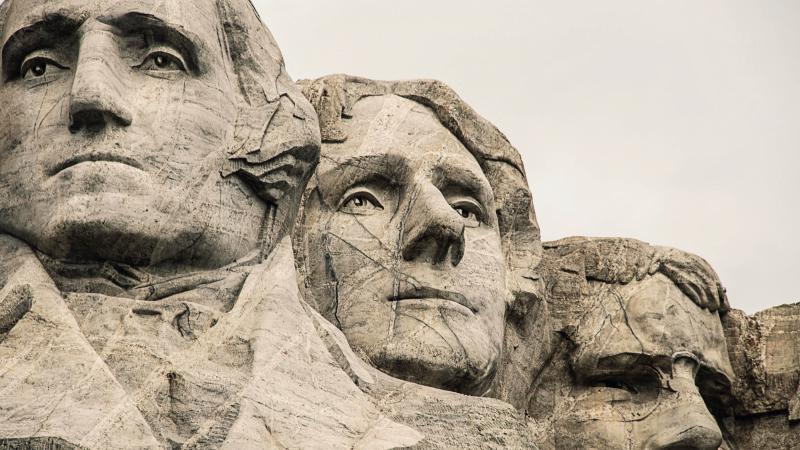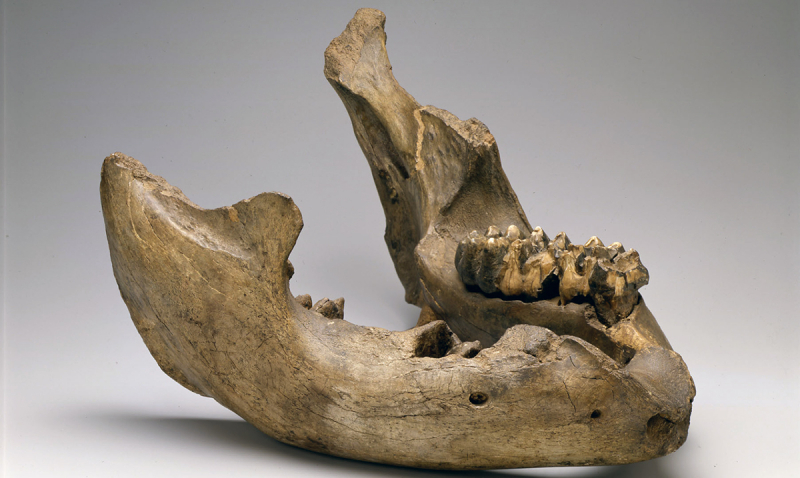Proto Archaeologist Thomas Jefferson
Because he was eager to understand more about American history, Jefferson became interested in archaeology, which is one of the interesting facts about Thomas Jefferson. He thought we might learn more about the ancestry of the American people via archaeology. Jefferson is known as the "Father of American Archaeology" and the "First American Archaeologist" due to his excavation of the Indian mound. He "anticipates the essential approach and the methodology of modern archaeology by approximately a full century" with his methodical trenching and use of stratigraphy (i.e., stratigraphic observation) during his study of the Indian mound.
Jefferson had a lifelong interest in the native Indians of Virginia, and his response to Query XI has an outstanding account of the many Indian tribes, including their numbers, histories, locations, and languages. In his reply, Jefferson went into great detail about his investigation of an Indian burial mound in the Monticello "neighborhood." It was "located on the level terrain of the Rivanna, some two miles above its main fork, and opposed to some hills, on which had been an Indian settlement," according to him.
Jefferson went on to make a perpendicular incision through the body of the barrow so can see inside and see what was within. This opened to the previous earth's surface, passed approximately three feet from its center, and was broad enough for a man to go inside and study its sides. The bones he found were arranged in many layers, with the bones closest to the surface showing the least amount of degradation. He "conjectured that in this barrow could have been a thousand skeletons." No signs of violence, such as gunshot or arrow wounds, were seen on the bones. The second discovery disproved the theory that the warriors whose corpses were found in the mounds had died in combat. Jefferson also discovered that the bodies had not been positioned upright as some had assumed based on a local Indian legend. Besides, Jefferson had an unquenchable interest in natural history. He was a fossil collector and had a serious mammoth obsession. He seemed to like talking about them to everyone who would listen. He also shelled out some cash to have mastodon tusks and teeth shipped to him. Jefferson was similarly persuaded that mammoths and other extinct megafauna were still there in the unexplored West. Even when Lewis and Clark went on their illustrious voyage, the third president expected to find evidence of these species.













